Along with producing Turkey’s first domestic armor, Nurol Teknoloji also performs on-wall advertising on buildings on vehicles. The statement of Prime Minister, “We use 70-75% domestic and national ammunition” about “Operation Olive Branch” by Turkey on Afrin indicated the level that increasing R&D works and production in the defense industry reached over the last years. I listened the last point reached in “armor” technology, which provides tank-vehicle personnel protection during military operations, from Nurol Teknoloji Marketing Manager Metin Tüfekçi. Tüfekçi mentions a new technology that replaces steel in the use of armor. With nano technology, a new material is created by changing the molecular structure of the ceramics with high thermal treatment. Staking its claim on researches initiated by two engineers working on boron carbide technology in Kayseri, Nurol group included Nurol Teknoloji into its industry campuses in Ankara Gölbaşı in 2008, which also included FNSS Defense Industry and Nurol Makine. They named the first domestic armor of Turkey, which was developed against heavy threats as a result of 5-year works in R&D, “T-Armor” (Turkish Armor). Stating that only the U.S. had that equipment and machine required to manufacture the ballistic-protecting vest with its advanced ceramic material, Tüfekçi said, “We manufactured the machine as well. So, we became one of the three companies in the world with boron carbide technology.” He emphasizes that they broke a new ground in Turkey with T-Armor, which they designed by using boron carbide, ceramic and composite material. Strengthened against armor penetrators for 15 meters; the ballistic protective vest, on which ceramic plates are baked for about 20 hours at 2,400 degrees Celsius, weigh only 1750 grams. However, when the weight of the same manor is covered with steel armor, it exceeds 10 kilos. With the accessed technology both mobility and protection increase. Saying that they signed the “Ballistic Protective Vest Project Agreement” with the Undersecretariat for Defense Industries (SSM) in 2016, Tüfekçi noted, “During operations in the Southeast, our troops are using these vests in Syria. In addition, the use of plates as shields provided security and flexibility for the soldiers.” The cost of equipping 150.000 soldiers with these vests reaches TRY 1.8 billion.
